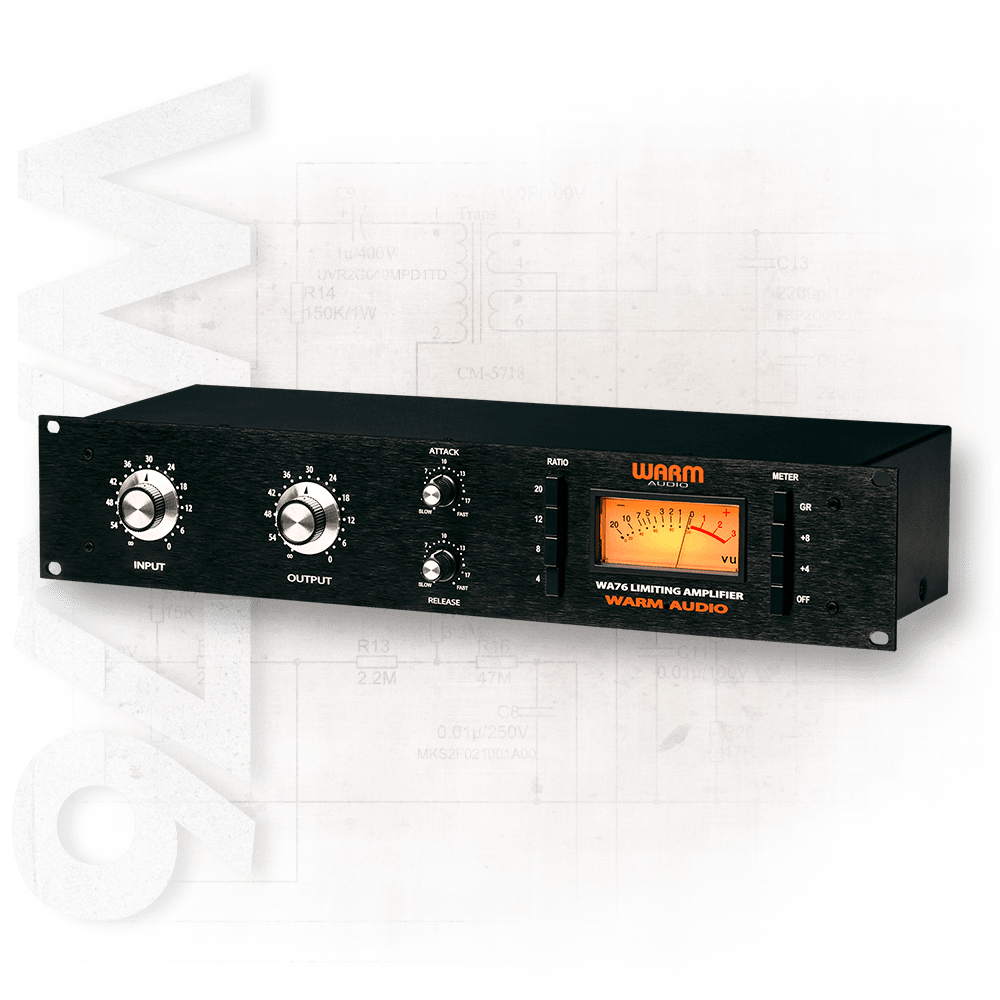
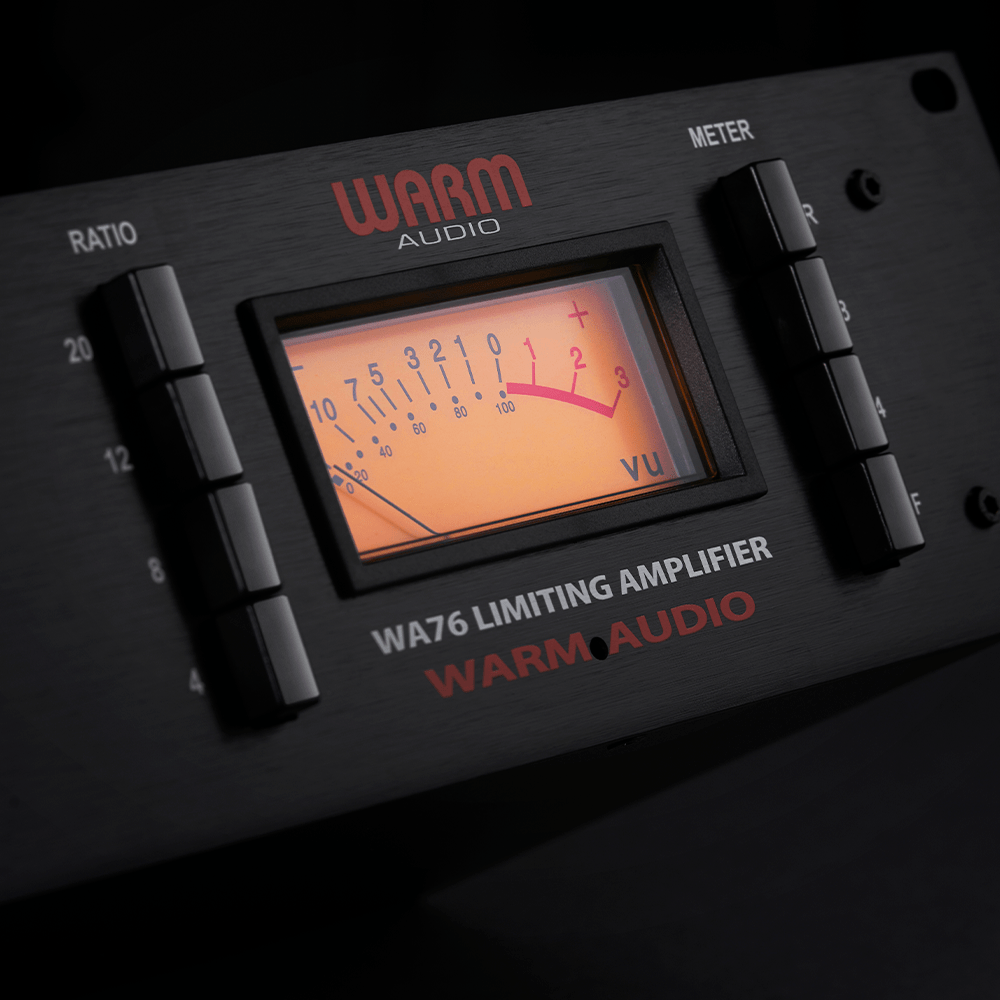
Two NEW Overdrive Powerhouses, Announcing Throne of Tone & Tube Squealer
The WA76 accurately reproduces one of the fastest and most powerful studio compressors of all time known for ultra-responsive dynamic control with analog grit. Used heavily on vocals, drums, guitar, bass, and anything in the studio requiring tight dynamics, vintage originals can be heard on legendary recordings by artists like Sting, Jack White, John Mayer, Michael Jackson, Coldplay, Foo Fighters, Timbaland, and many more.
The original 76-style of compression is known for its versatility, speed, and rich harmonic distortion when driving the FETs & transformers. When a track requires strong dynamic control - whether it be from aggressive attack & release settings or driving the output into harmonic distortion using “All-buttons in” mode, the WA76 delivers the same legendary performance of vintage “Rev D” FET compressors.
 Tight Lead Vocals
Tight Lead Vocals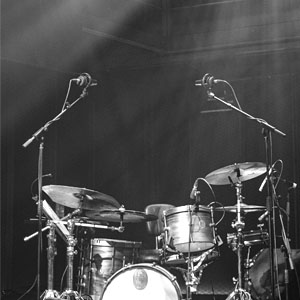 Lively Room Sounds
Lively Room Sounds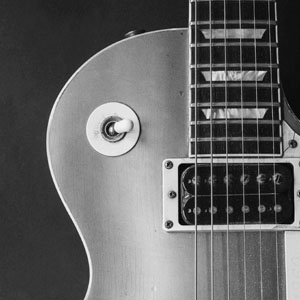 Powerful Electric Guitars
Powerful Electric Guitars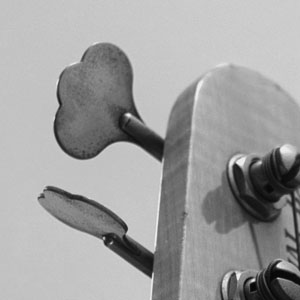 Tight, Deep Bass
Tight, Deep Bass Apply heavy dynamics controls for present “in-front” lead vocals and tight BGVs.
Apply heavy dynamics controls for present “in-front” lead vocals and tight BGVs.


Key Features
Specs
Components
Artists
Reviews
Sound Samples
Like the original 76-style compressor, the WA76 includes all the features that deliver a complete and professional recording experience.
![[object Object]](https://images.ctfassets.net/h4x5uvaoia7v/16TrJaPDJum0GHBCUcGovQ/d84e9cadc6bea769aa9061ccdb2cfc5d/76_KF-1.png?w=640&q=75)
The output control adjusts the amount of makeup gain applied to the output signal. This is on a numerical scale showing 54 dB to 0 dB. Turning the knob clockwise adds makeup gain. Take care to monitor DAW or recording device input levels as you raise the makeup gain to avoid unwanted clipping.
![[object Object]](https://images.ctfassets.net/h4x5uvaoia7v/3tFaqoYUzFNqqa7wxWkneP/6424f5ee337ce1530c4d1aef147ad9dc/76_KF-2.png?w=640&q=75)
This determines the level of the signal entering the WA76, as well as the compression threshold. Higher settings will result in increased amounts of limiting or compression. This is on a numerical scale showing 54 dB to 0 dB.
![[object Object]](https://images.ctfassets.net/h4x5uvaoia7v/7sK1luxU8kBnlLUlIzU5wQ/195b66bc0ecc7611f1626bf2c35ab47a/76_KF-3.png?w=640&q=75)
Attack controls the speed at which the compressor begins to work, or how long it takes the compressor to actually compress the signal. Release controls the speed at which the compressor stops compressing, or how long it takes the compressor to “let go” of the signal and stop processing.
![[object Object]](https://images.ctfassets.net/h4x5uvaoia7v/5Xa8tSuLxVbmgOVyVY2DLg/bda4408f2f7e1cb4e4a108f94b113d2b/76_KF-4.png?w=640&q=75)
The ration buttons control how much compression will be used against the signal. When the compression ratio is set to 4:1, the input signal must cross the threshold by 4dB in order for the output level to then increase by 1db. At 20:1, the input must cross the threshold by 20dB, and so on. Higher ratios = more compression or “squishing” of signal.
![[object Object]](https://images.ctfassets.net/h4x5uvaoia7v/3DMq9QsGTgBSIjqd29MFvE/5fac2c120d4725e7657d483e8a9d1ccc/76_KFCenter-min.png)